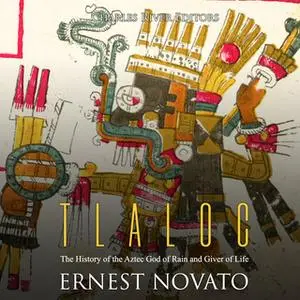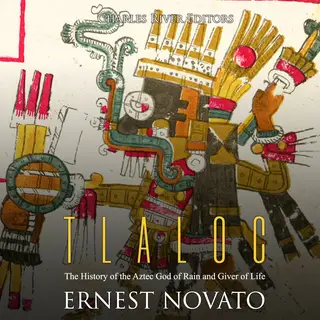«Tlaloc: The History of the Aztec God of Rain and Giver of Life» by Charles River Editors
English | ISBN: 9781094206035 | MP3@64 kbps | 2h 14m | 61.5 MB
English | ISBN: 9781094206035 | MP3@64 kbps | 2h 14m | 61.5 MB
One of the reasons for the prevalence of Tlaloc in the Valley of Mexico is that in the semi-arid climate, water was a powerful daily symbol. Although there were no naturally occurring water connections to the sea, the high altitude of the mountains and volcanoes that surrounded it caught the rain water well and formed five important lakes: Xochimilco, Xaltocan, Zumpango, Chalco and Texcoco. As the largest, Texcoco was where the Aztecs eventually built their capital city Tenochtitlan. Since this was not a desert culture, their god Tlaloc was not just a reflection of an opposite extreme they desired; instead, he was a complex god that reflected the duality of water as both a boon and a force for destruction. From his home in Tlalocan, Tlaloc was able to send good and bad waters to the people of the Valley of Mexico and beyond. He was the lord of the chthonic powers of Mexico even as far south as the Maya, who called him Chaac and connected him with warfare and agriculture much the same way the Aztec did.
What is known today is that Tlaloc was the god who granted good harvests and caused famines. The Aztec tell the story of Tlaloc blessing their rise to regional dominance by sending a famine to the Toltec, and his duality of good waters vs. bad waters was a product of the largely two-season system in Mexico. This was also one reason for his role in warfare since the Aztec focused on agriculture during his “wet” season and marched off to conquest if they had received his blessings. He was an earth deity, connected with aquatic animals and underground streams, and therefore also a god connected with fertility. This is reflected through his association with his wife, Xochiquetzal, the goddess of flowers, pleasure, young female sexuality and pregnancy, in the earlier myths.
All in all, Tlaloc is one of the most important and least well-known gods from an outsider’s perspective.



